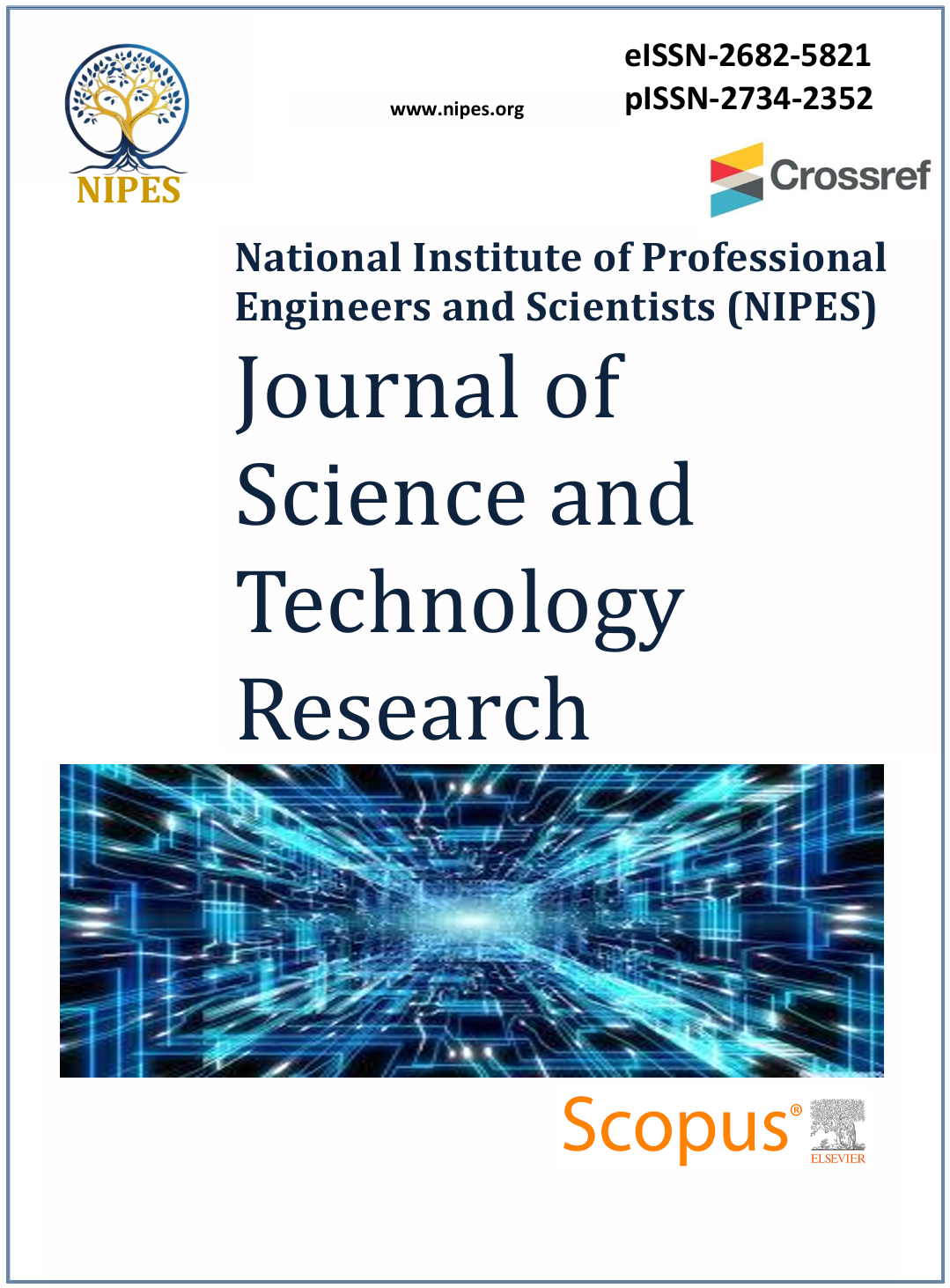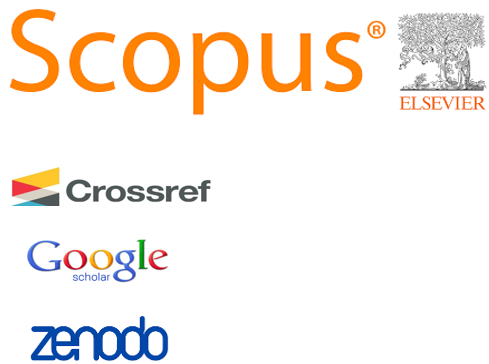Optimized Removal of Zinc and Copper from Industrial Oil Mill Wastewater Using Coconut Shell-Based Activated Carbon
DOI:
https://doi.org/10.37933/nipes/7.2.2025.12Abstract
This research work basically involves the development and characterization of coconut shell activated carbon by means of chemical activation using phosphoric acid (H3PO4) for the removal of Zn and Cu in a batch biosorption process. Characterization of activated carbon using, surface chemistry (FTI-IR), surface area (BET) and surface morphology and elemental identification (SEM/EDX) were all carried out. This study was executed to determine the optimum biosorption efficiency parameters for Zn and Cu removal using Response Surface Methodology (RSM) to obtain maximum biosorption efficiency. The factors considered were adsorbent dosage (0.2-3 g), contact time (1-2 hrs) and temperature (25-55 oC), biosorption efficiency was the response. ANOVA analysis was carried out to analyse the most effective factor in experimental design response. The BET results shows the surface area was 939.16 m2/g. SEM results showed development of good porous structure with corresponding elemental composition by the EDX. The optimum conditions for removal of Zn and Cu were adsorbent dosage 0.2 g, contact time 1 hr and temperature 40 oC, which shows the maximum biosorption efficiency of 88.5 % for Zn and 96.4 % for Cu removal. Isotherm models analyses showed that the biosorption process best fitted to Langmuir model with an R2 value of 0.9935 and 0.9964 for Zn and Cu removal than that of Freundlich isotherms and also showed the biosorption process was physical. Results of the kinetic studies were best fitted by the pseudo-second order model with an R2 value of 0.9965 and 0.9982 for Zn and Cu removal. thermodynamic studies revealed that the biosorption process was endothermic, and spontaneous






